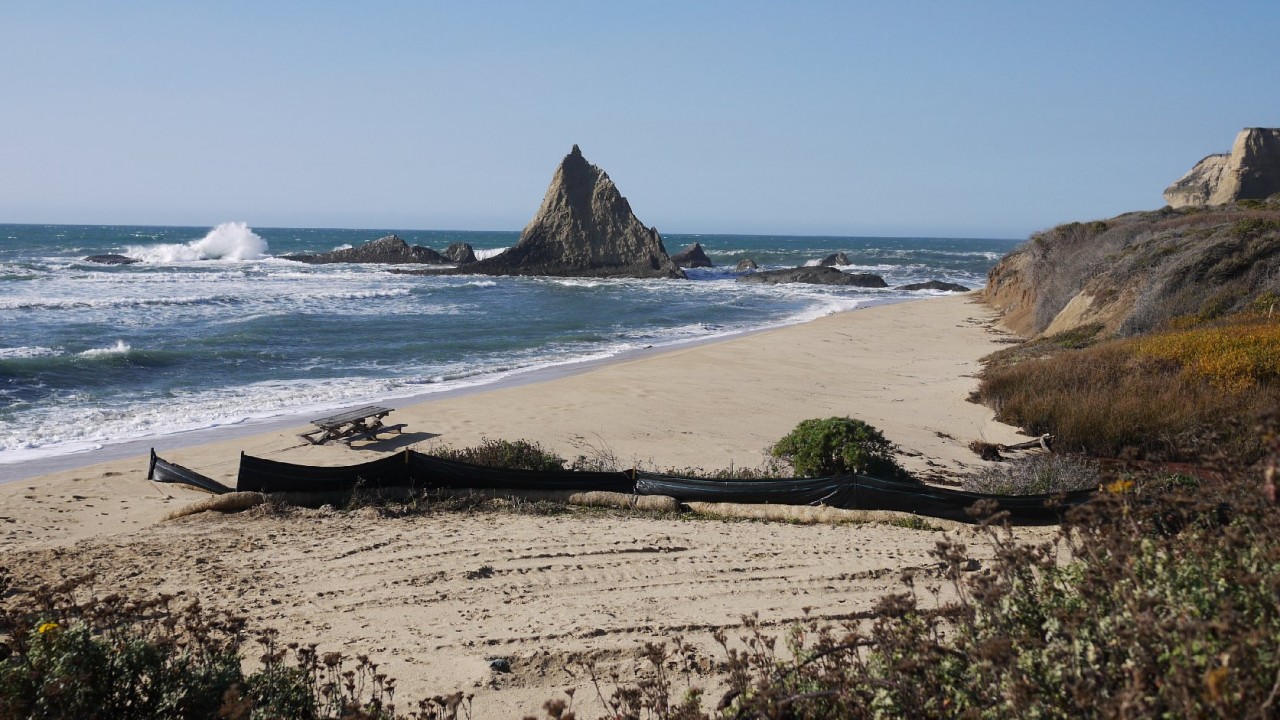The California Coastal Commission and the State Lands Commission continue their battle with Silicon Valley billionaire Vinod Khosla over public access to Martins Beach on the San Mateo County coast. For 100 years, Bay Area families have been going to this beach, seven miles south of Half Moon Bay, to fish, swim and picnic. The only way onto this scenic beach is a single road through private property.
After Khosla, co-founder of Sun Microsystems, bought the land surrounding Martins Beach in 2008, he restricted access to that road by displaying “No Trespassing” signs, charging parking fees, and locking its access gate. This newest lawsuit continues a 10-year conflict that could affect land-access rights throughout California.
Paul Rogers, managing editor of KQED Science, has been covering the story for the Mercury News, where he writes about the environment. He and KQED’s Brian Watt spoke about the latest developments and long history surrounding Martins Beach.
What’s at the center of this newest lawsuit?
Under a legal doctrine in California called implied dedication, public use of a road for five years or more without restrictions establishes a permanent legal right to the road. Khosla argues that people never had that right because, for years before he bought the land surrounding the beach, its former owners charged a parking fee.
